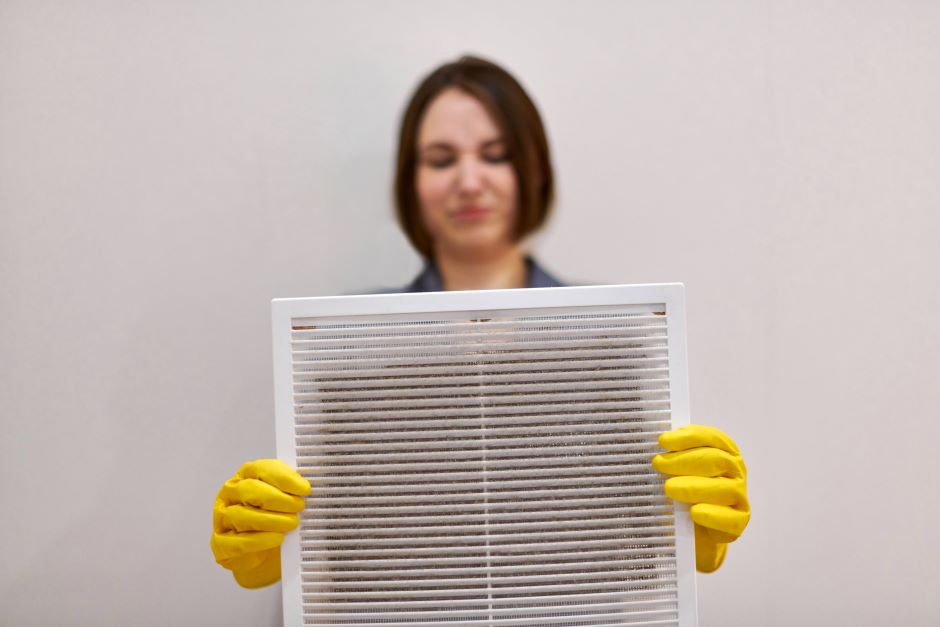
The presence of mold in AC vents can compromise the efficiency of your cooling system and the air quality in your home. To end this, turn off the AC, clean the ducts, change filters and clean vents, use anti-mold mixtures, and install dehumidifiers.
If you want to know causes, symptoms, potential dangers, and most importantly, actionable tips to effectively clean and prevent mold growth in your AC vents, read this complete guide and take all the notes.
Can Mold Grow In AC Vents?
Yes, mold can thrive in AC vents. The combination of moisture, dust, and organic matter in air conditioning systems provides an ideal breeding ground for mold spores. As cool air passes through the vents, condensation can form, creating the damp conditions that mold loves.
Is Mold In AC Vents Dangerous?
Yes, mold in AC vents can pose health risks. Mold spores, when released into the air, can cause respiratory issues, allergic reactions, and exacerbate existing conditions like asthma. Also, prolonged mold exposure can have more serious health consequences, making addressing the issue vital.
What Causes Mold In AC Vents?
Several factors contribute to mold on AC vents in the house. Insufficient ventilation, high humidity levels, and poor maintenance practices are common culprits. Dust and debris accumulation also offer nutrients for mold to flourish, making regular cleaning essential.
Detecting mold in AC vents can be challenging, but there are telltale signs to watch for.
The most common symptoms of mold in AC Vents are:
- musty odors;
- unexplained allergic reactions; and
- visible black spots or discoloration around the vents;
- general malfunctions of the AC system (they may also be a sign).
Ending mold helps you to avoid danger and get the most out of your HVAC system.
How To Clean Mold In AC Vents?
It is bad to have mold in AC vents, but what to do? Whether you have mold in AC vents in your apartment or if you want to avoid it from appearing, here is a list of tips for you. Take a look!
- Wear protective gear such as gloves, goggles, and a mask to avoid direct contact with mold spores during cleaning.
- Turn off your air conditioning system to prevent the spread of mold spores throughout your home.
- Hire professionals to conduct a thorough duct cleaning using specialized equipment to remove mold and debris.
- Change filters regularly and clean vents using a vacuum cleaner with a HEPA filter to prevent mold growth.
- Apply a mixture of water and vinegar (or hydrogen peroxide) to clean visible mold. Ensure proper ventilation while using cleaning solutions.
- Install dehumidifiers to reduce excess moisture in the air, preventing future mold growth.
No need for panic. Follow all those steps carefully, and your air quality will become healthy again. But wait! Keep reading if your problem seems to be more of a “black mold”!
How To Get Rid Of Black Mold In AC Vents?
Dealing with black mold in AC vents requires extra care due to its potential toxicity. The first step is to isolate the affected area by sealing it off, effectively preventing the spread of mold spores during the removal process.
Utilizing a HEPA vacuum to meticulously clean visible mold is essential, and it is important to dispose of the vacuum bag outside your home to prevent recontamination.
Ultimately, entrusting the task to professionals equipped with specialized equipment and cleaning agents ensures a thorough removal process and significantly reduces the chances of recurrence.
What Is The Cost Of Removing Mold From AC Vents?
On average, mold remediation services can range from a few hundred to several thousand dollars.
When considering the cost, remember that mold remediation is an investment in the health and safety of your living environment, and choose a reputable and experienced company to ensure effective and safe mold removal.
Nothing will work better to say goodbye to mold in AC vents than reaching out to Wisercosts' HVAC contractors. You can trust them with your eyes closed to re-establish the best performance of your system.
 Let a hvac technician give you an estimate on your project
Let a hvac technician give you an estimate on your project

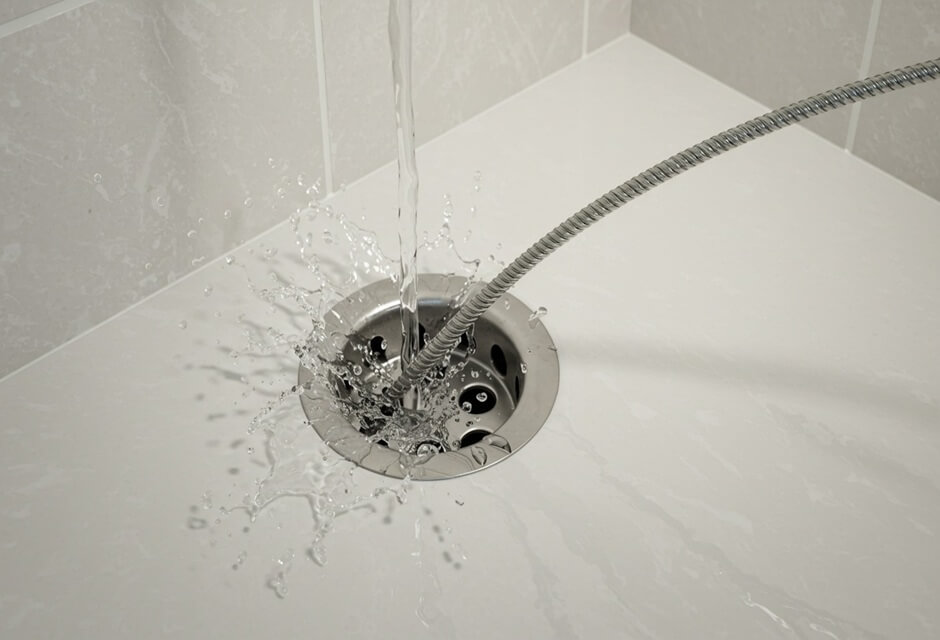
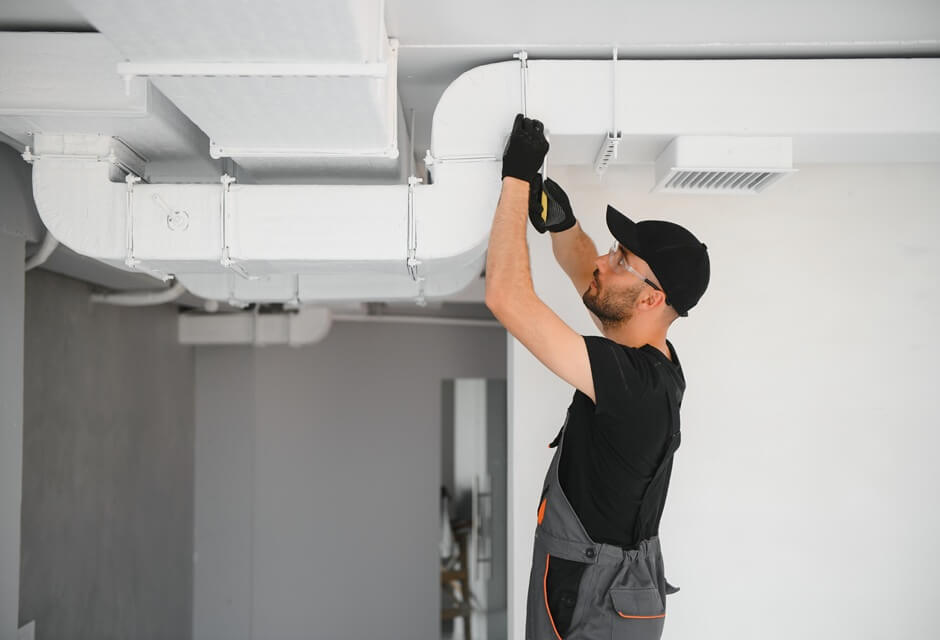
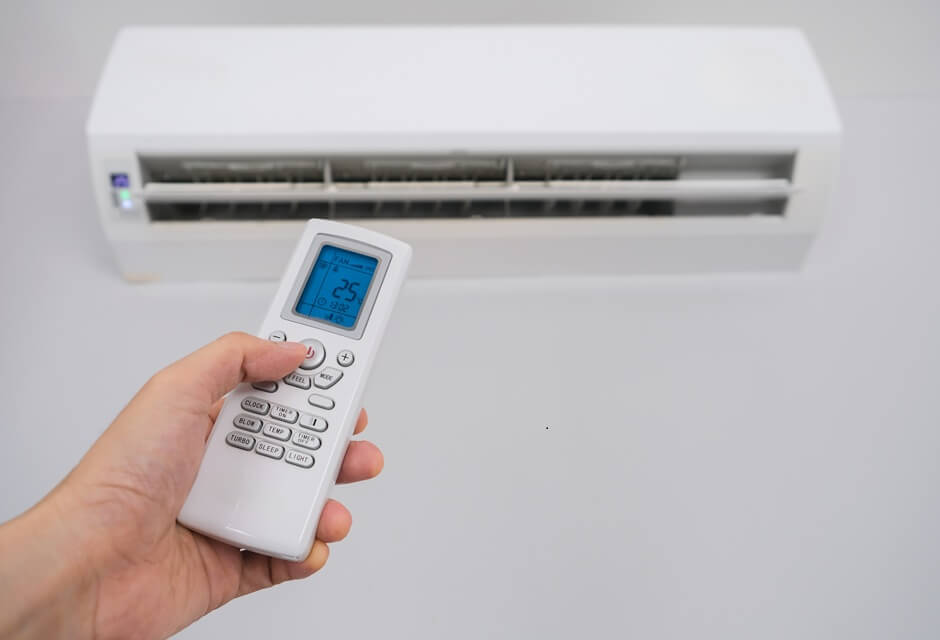
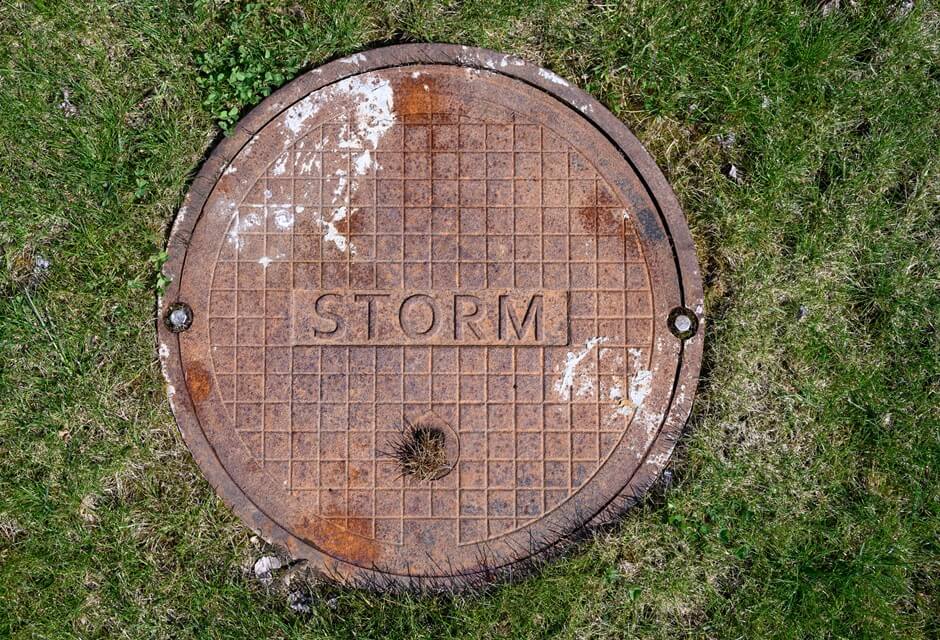
 Member of the
Member of the